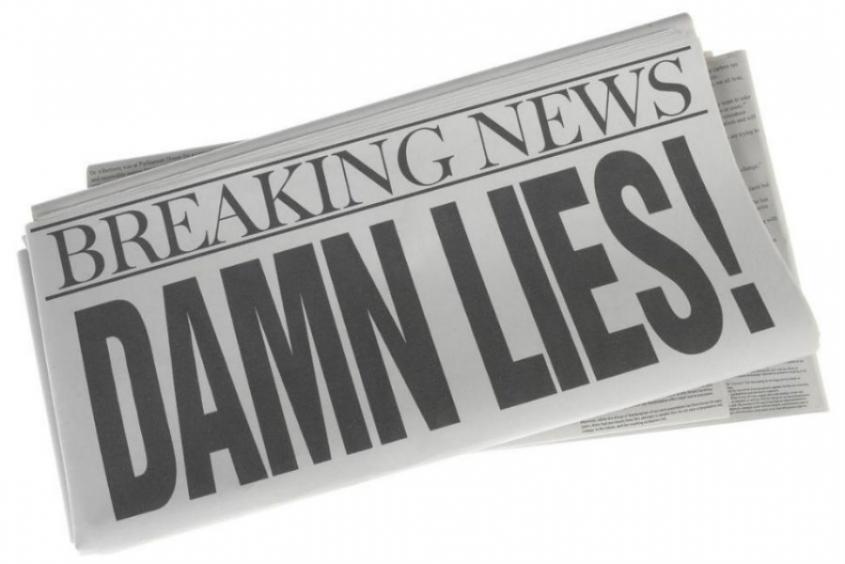Did false news lead to Brexit in England and Donald Trump’s Presidency in the USA? That’s a question many serious media outlets have started to ask themselves. How can we know what is true or not when even the American government defends “alternative” facts?

The Boomerang effect:
False news flourished during 2016. From April until June – during the Brexit campaign, several false news articles circulated that had been instigated by adherents of EU exit. A journalist at The Independent wrote not long ago that, “false news led to Brexit”.
During the remaining part of the summer until the American elections, false news spread like wildfire on Internet. The site Buzzfeed showed that during the last three months preparing for Election Day, at least twenty false articles flourished on Facebook, generating more activities than serious articles from mainstream media, such as the New York Times.
It was even close to a clash when a man who had read about “pizzagate” – another disinformation about a so-called pedophilia- and prostitution- embarrassment claiming that the Democratic candidate, Hillary Clinton, was part of it – led to a man with a gun rushing into a pizzeria in Washington. His shooting didn’t hurt anybody though.
Incorrect news haven’t stopped after the election of Donald Trump however. The President has severely attacked the media, the Obama administration and other opposition groups by using gross accusations. He even accused a CNN journalist – who only did his job – by creating false news about him. Media and journalists aren’t entirely objective as they choose their topics which is by itself subjective, but to accuse such a serious media was considered a bit too much even by American standards.
How disinformation can lead to wealth:
During this autumn’s campaign, Donald Trump accused the opposition to cheat. These vague accusations gave a not so scrupulous young man, Cameron Harris, an idea. He sat down at his kitchen-table and started to write down invented facts. Those articles he then posted on his blog that he named Christian Times Newspaper (CTN). The first one had the title: “Last minute news: tens of thousand false voting boxes were found in a deposit in Ohio. He took pictures of an abandoned warehouse and was lucky enough to find some empty voting boxes with the Democratic candidate’s name written on it that he also photographed as “proof” after having placed them in strategic places.
When a journalist finally discovered his scam, he had already made thousands of dollars on advertisement through his fake news blog that had attracted masses of Internet users. When faced with facts, he admitted to have conned people and even that he was somewhat surprised that it had worked so well, not seeming to regret it…
“You’re lying”:
There aren’t only con people like this man though that Snopes.com has found out. Facebook and Twitter amongst others have been accused of propagating false news. Mark Zuckerberg finally admitted, in December 2016, his company’s role in this unethical spreading. Since then he has created a platform – the Journalist Project – where Facebook cooperates with serious media like Bildt, Buzzfeed, El Pais, Washington Post, Le Monde – in an attempt to stop the spread of false news on Internet.
During these dire times for serious, investigating journalists, with severe shortages and financial reductions, maybe the profession can have a renewal, as politicians finally seem to realize the importance of the trade and the danger of false news? As long as they don’t use the false news for their own gain of course…
Populism, manipulation and nationalism are created by absence of facts, history, culture and satire. The easy way out being to accuse another group of people, to split and put humans in categories through false accusations. It has happened before and it’s happening again. Do we never learn?
Anne Edelstam, Paris.

